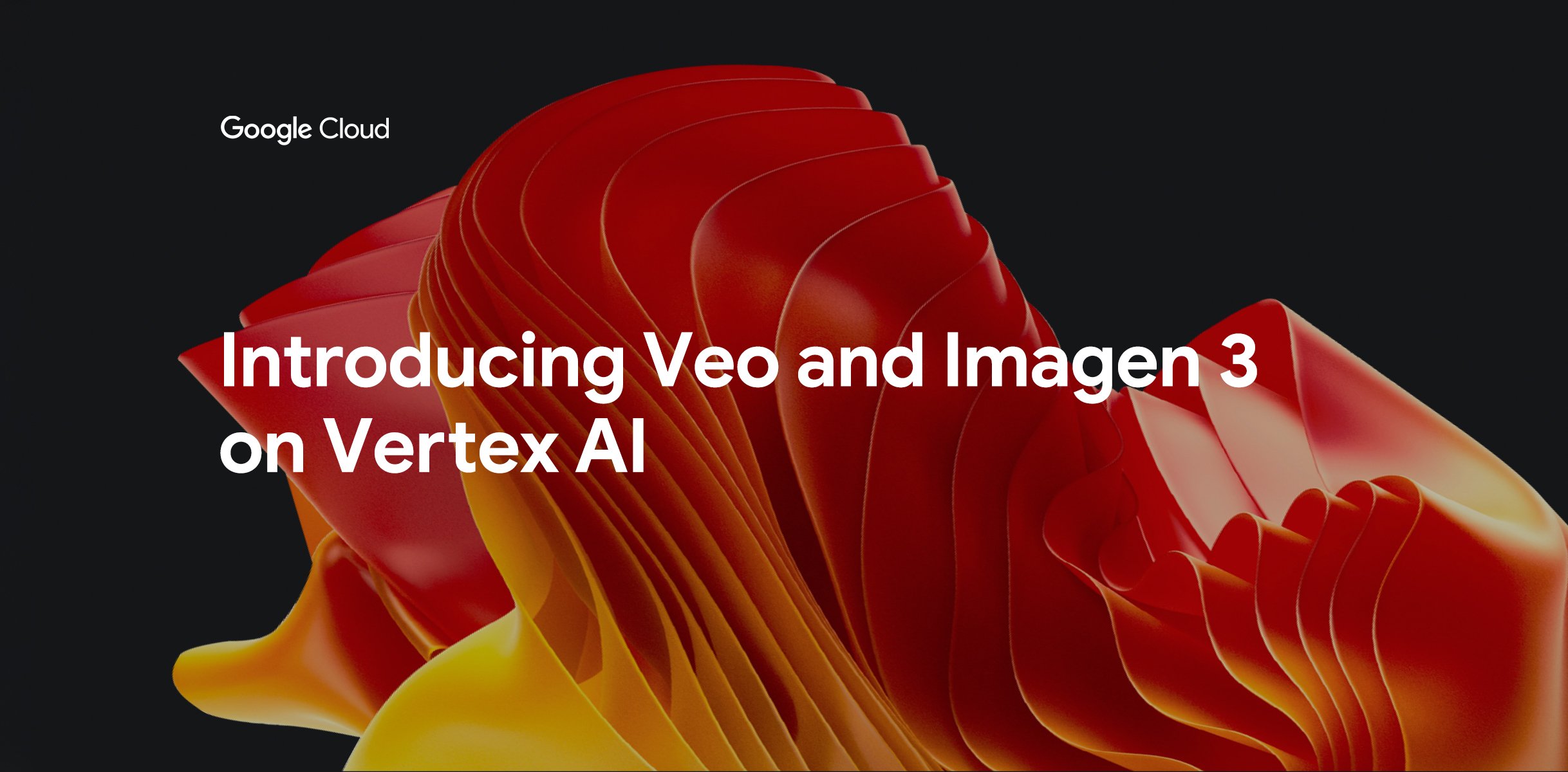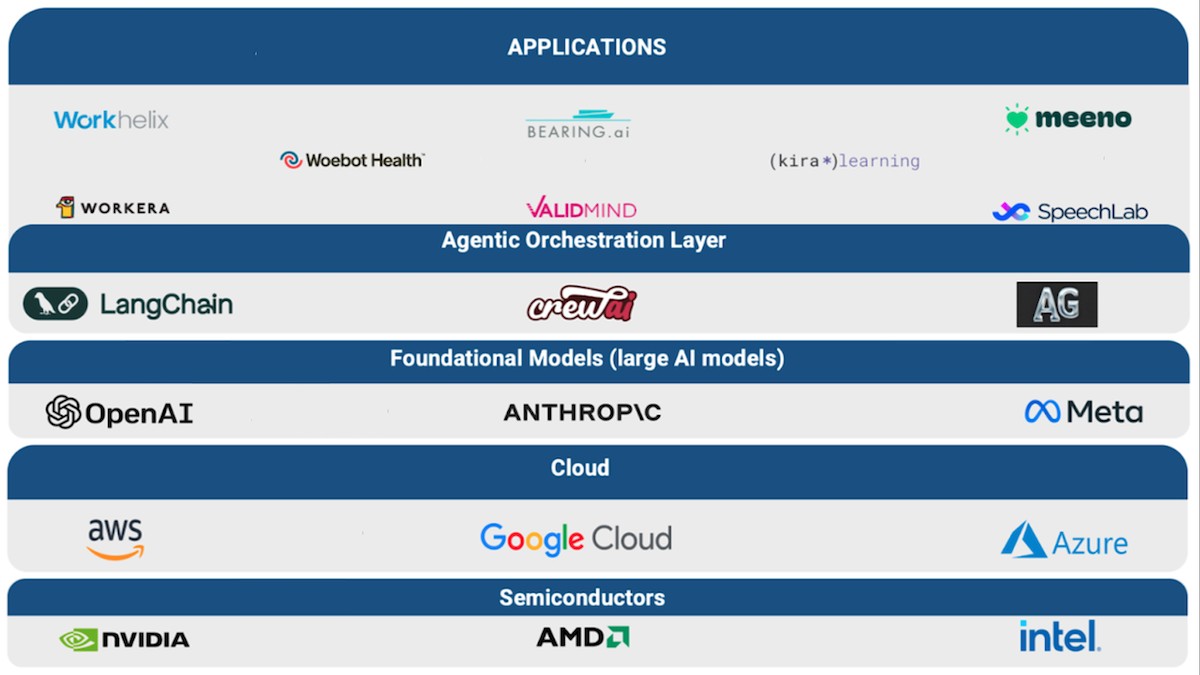OpenAI recently released the Fully Optimized o1 model, which has significantly improved performance in math, programming, and multimodal tasks, outperforming GPT-4o and human experts. The o1 model not only enhances response speed and accuracy but also introduces new reasoning paradigms, enabling deeper and more comprehensive thinking when handling complex problems. Additionally, OpenAI has launched ChatGPT Pro, with a monthly subscription fee of 200 USD, offering unlimited access to o1, 4.0, and advanced voice modes. Sam Altman personally demonstrated the powerful reasoning capabilities of o1 and released a 49-page full paper detailing the technical specifics and performance evaluation results of the model. The o1 model excels in multiple evaluation metrics, particularly in multilingual performance and diverse agent task tests, outperforming GPT-4o and Claude 3.5 Sonnet. Furthermore, the o1 model demonstrates excellent safety reasoning capabilities, able to conduct deep reasoning based on preset safety strategies, effectively addressing potential unsafe prompts.






